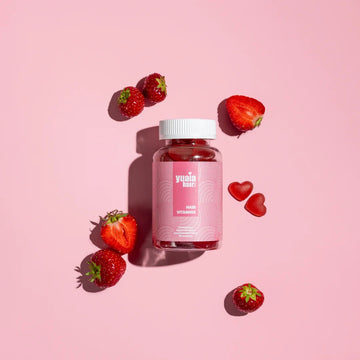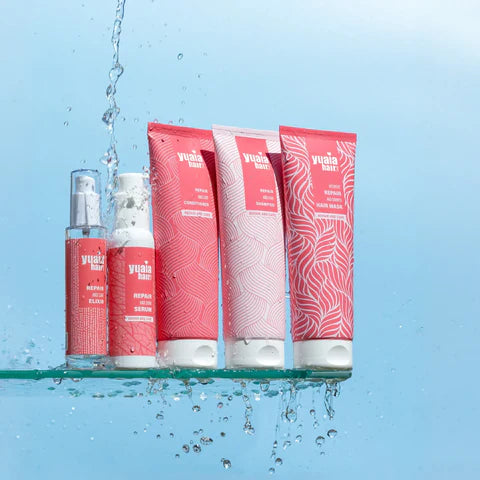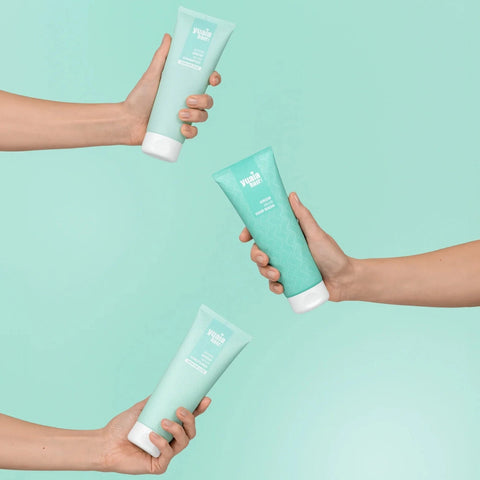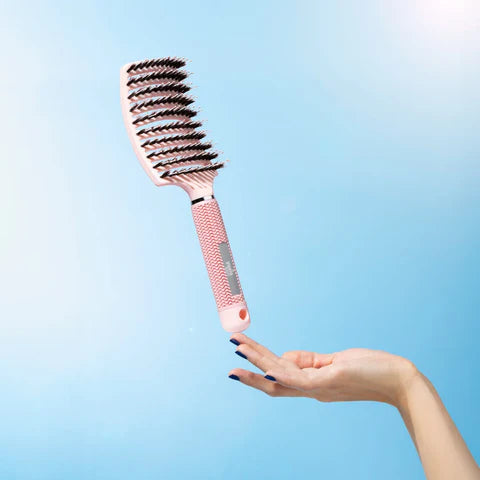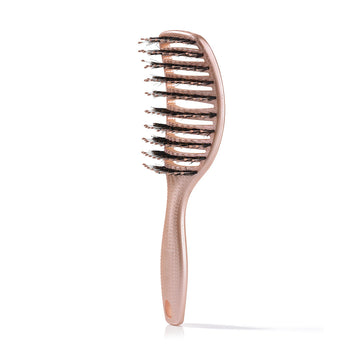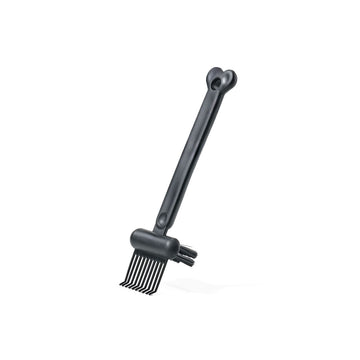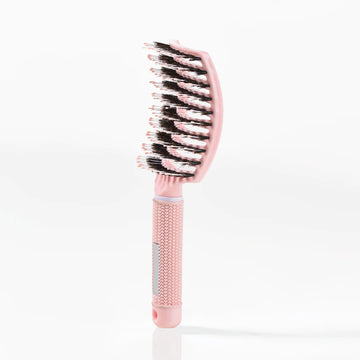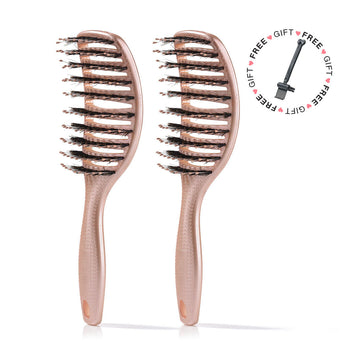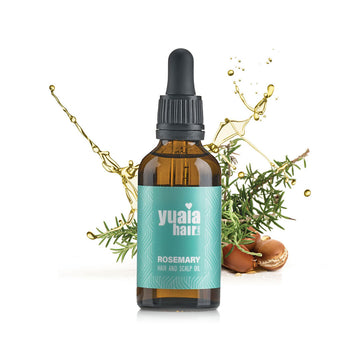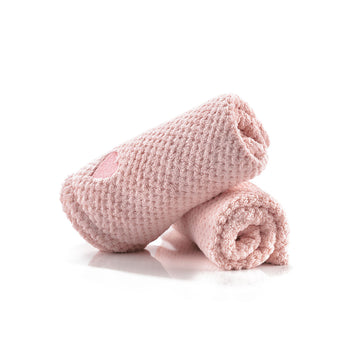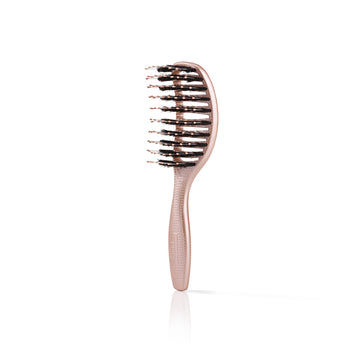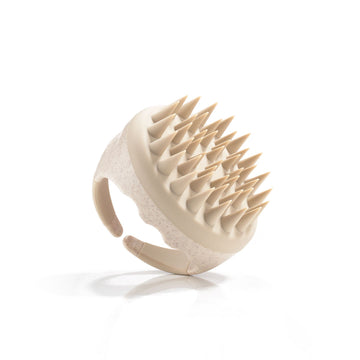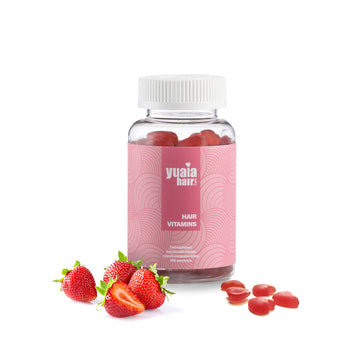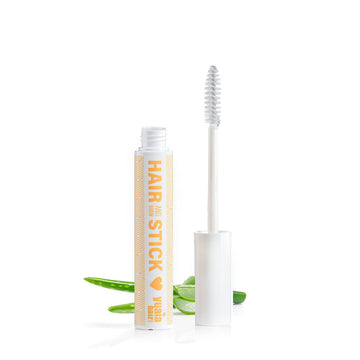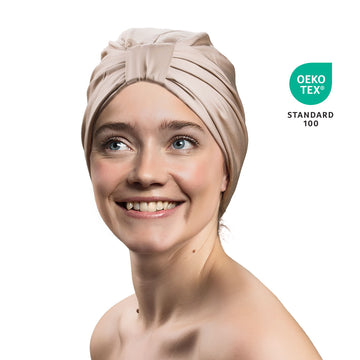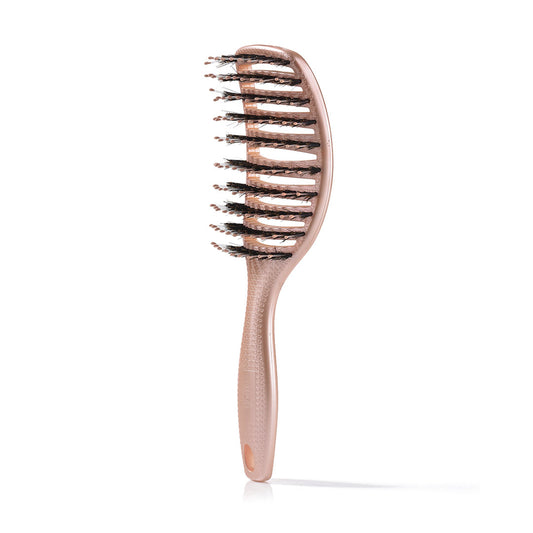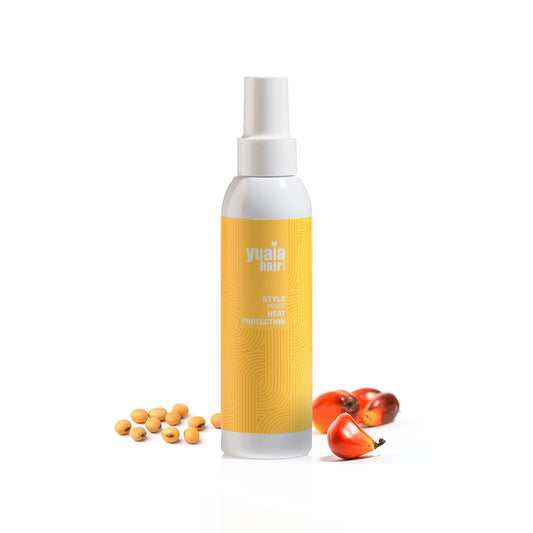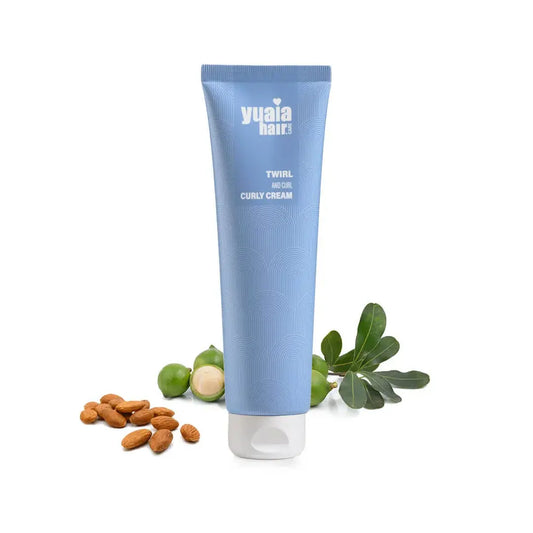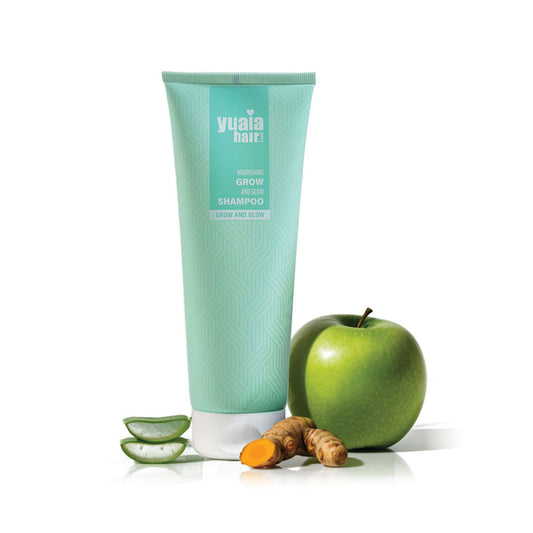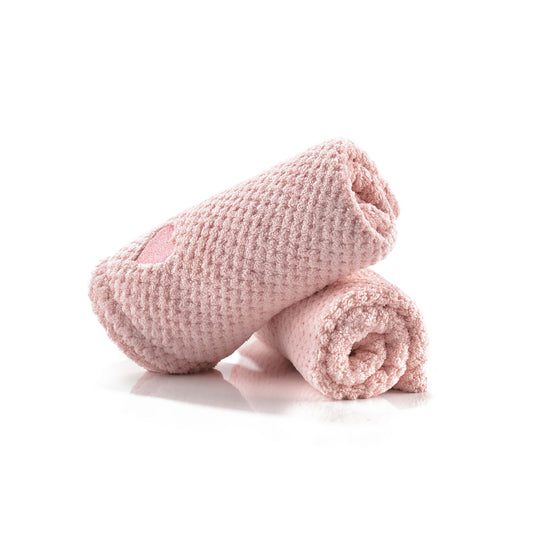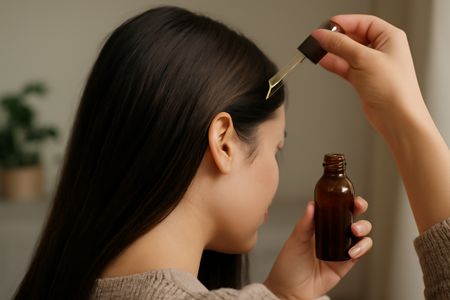
How often should you oil low porosity hair? Find the perfect balance here

by Nanna Bundgaard | 19. July 2025 | Reading time: 6 minutes
Read more about the authorWhen it comes to managing low porosity hair, understanding its unique characteristics is the first step to achieving optimal hair health. Low porosity hair is defined by its tightly closed cuticles, which make it resistant to moisture absorption. This hair type often shows as dry or dull because the cuticles do not readily allow moisture to penetrate the hair shaft. One common challenge for those with low porosity hair is finding the right balance in oiling frequency. Too little oiling can leave hair dry, while too much can lead to buildup and greasiness.
What makes low porosity hair unique?
Low porosity hair is distinct due to its structure, which consists of cuticles that lay flat and tight. This characteristic can make it difficult for moisture and oils to penetrate the hair shaft. As a result, products often sit on the surface rather than being absorbed. This can make the hair appear dull and can cause product buildup if not managed properly.
Why is oiling important for low porosity hair?
Oiling low porosity hair serves an important role in maintaining its health and appearance. The right oiling routine can help seal in moisture, adding shine and softness. However, the key is to find the right frequency and type of oil to use, ensuring that the hair is nourished without becoming weighed down.
Finding the right oiling routine
The purpose of this post is to guide you in determining the optimal oiling routine for your low porosity hair. By understanding the needs of your hair and how it responds to different oils and application techniques, you can maintain moisture balance and prevent buildup. As you explore your options, consider starting with a weekly oiling routine and adjust based on your hair's response and environmental factors.
To further enhance your hair care routine, consider using a curvy brush to distribute oils evenly and promote healthy hair growth. Additionally, incorporating a heat protectant spray can safeguard your hair against damage when using heat styling tools.
Choosing the right oils and application techniques
When it comes to oiling low porosity hair, the choice of oil and application method is pivotal. Opting for lightweight oils is crucial as they are less likely to sit on the hair surface and cause buildup. Oils such as jojoba, argan, grapeseed, and sweet almond are particularly beneficial because they mimic the natural oils produced by the scalp, allowing for better absorption and moisture retention.
Heavier oils, while nourishing, often fail to penetrate low porosity hair effectively, leading to residue that can weigh the hair down. Therefore, incorporating lightweight oils into your routine can enhance moisture without the risk of greasiness.
Effective application methods
Applying oils correctly can make a significant difference. Start by sectioning your hair to ensure even distribution. Use a small amount of oil and apply it after moisturizing with a water-based product. This method helps seal in hydration, creating a barrier that keeps moisture locked in.
For those with curly hair, using a product like our Twirl and Curl curly cream can help define curls while maintaining moisture balance. This product is designed to enhance natural curl patterns without adding weight, making it ideal for low porosity hair.
Enhancing oil absorption with heat
To maximize the benefits of oiling, consider using gentle heat to open the cuticles slightly. This can be achieved by applying oil after a warm shower when the hair is more receptive. Alternatively, wrapping a warm towel around your head post-application can improve oil absorption, ensuring that the moisture penetrates deeper.
For those concerned about heat damage, remember that moderation is key. Using our heat protectant spray can provide an extra layer of protection when incorporating heat into your routine.
Integrating oiling into a hair care routine
Oiling should be part of a comprehensive hair care routine that includes regular moisturizing and conditioning. A holistic approach ensures that low porosity hair receives the hydration it needs while minimizing the risk of buildup. Using sulfate-free shampoos, such as our Grow and Glow Shampoo, can help maintain the hair's natural oils and prevent dryness.
Documenting your hair's response to different routines can aid in customizing your hair care approach. Observing how your hair reacts to various products and techniques will enable you to fine-tune your regimen for optimal results.
By understanding the unique needs of low porosity hair and adapting your routine accordingly, you can maintain healthy, well-moisturized hair without the drawbacks of buildup or greasiness.
Get a 10% discount code sent to you
Receive the best tips and tricks for your hair from Lotte and Nanna 🥰
User experience and customization
For those managing low porosity hair, personalization is key. Documenting your hair's response to different products and routines can provide valuable insights into what works best for your unique hair type. By observing changes in texture, moisture levels, and overall appearance, you can tailor your hair care regimen to suit your specific needs. This approach not only enhances the health of your hair but also ensures that you achieve the desired results without unnecessary trial and error.
Incorporating tools like a curvy brush can aid in evenly distributing oils and enhancing the overall effectiveness of your routine. Additionally, using a microfiber towel can help reduce frizz and maintain moisture, as it is gentler on the hair than traditional towels.
Microfiber towel for hair
Super-absorbent microfibre shortens drying time and reduces frizz and breakage.€12,99 €26,50
Frequently asked questions
How can I tell if I'm over-oiling my hair?
Signs of over-oiling include greasiness, lack of volume, and a heavy feeling in the hair. If you notice these symptoms, consider reducing the frequency of oiling or the amount of oil used. Adjusting your routine to better suit your hair's needs can help maintain balance without causing buildup.
What should I do if my hair feels dry despite oiling?
If your hair remains dry even after oiling, it may be beneficial to assess your entire hair care routine. Ensure that you are adequately moisturizing with water-based products before applying oils. Additionally, consider environmental factors such as humidity and temperature, which can affect your hair's moisture levels. Adjusting your routine to account for these variables can help improve hydration.
Can I use heat tools to help oils penetrate better?
While gentle heat can aid in oil absorption by slightly opening the cuticles, it's important to use heat tools with caution. Excessive heat can damage hair, so moderation is essential. Applying oil after a warm shower or using a warm towel can enhance penetration without the risks associated with high heat.
Get a 10% discount code sent to you
Receive the best tips and tricks for your hair from Lotte and Nanna 🥰
 2-5 day delivery
2-5 day delivery
 25.000+ satisfied customers
25.000+ satisfied customers
 Satisfaction Guarantee
Satisfaction Guarantee

